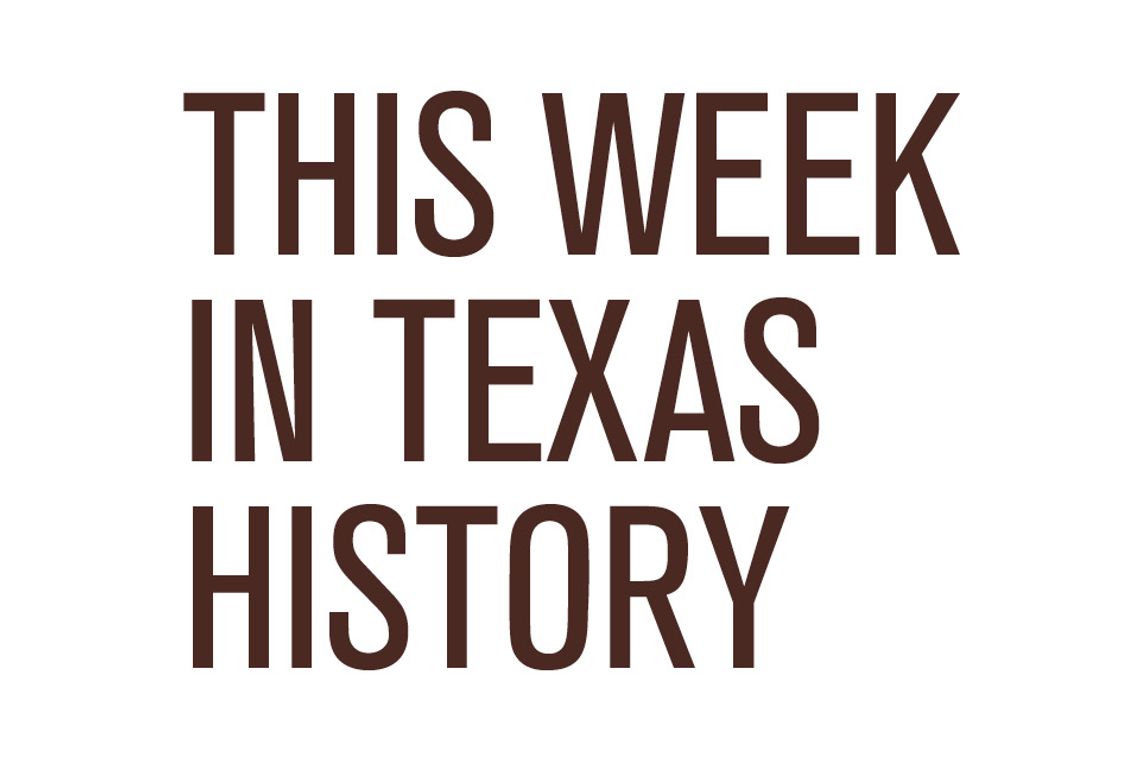Postal inspectors effectively pulled the plug on a Corsicana-to-Palestine electric railway on Dec. 4, 1907 by banning the fraudulent firm from the U.S. mail.
Following a modest debut in Ohio in 1889, the revolutionary new mode of transportation took the country by storm. Enthusiasts brashly boasted the so-called “interurban” would make the iron horse as obsolete as the covered wagon.
Realistic boosters never seriously suggested the electric conveyance would replace the steam locomotive, which would continue to carry cargo and passengers over long distances. However, they did believe the interurban had a promising future in the short-haul commute.
While steam competition kept the number of daily runs and stops to a bare-bones minimum, lower operating costs enabled the electric alternative to provide hourly departures as well as connections to communities outside the existing system. Besides convenience, interurbans offered travelers cleaner and more comfortable accommodations with the catchy slogan of “no cinders, no dirt, no dust and no smoke.”
From the very start, ambitious Lone Star promoters envisioned electric links between the state’s two most populous pairs of twin cities. As early as 1892 and 1895 respectively, Dallas-Fort Worth and Houston-Galveston interurbans were already in the planning stage.
But those premature pipe dreams proved to be only so much smoke, and the interurban did not get on track in Texas until the inaugural year of the twentieth century. The first functioning line was a far less ambitious undertaking slightly south of the Red River, which spanned the ten and a half miles between Sherman and Denison.
The Big D-Cowtown connection was finally finished in 1902, but the Bayou City and its seaside neighbor had to wait another decade. The long delay did not diminish the popularity of the routes, and both were soon standing-room-only successes.
The nationwide boom in interurban construction peaked in 1907, the same year the U.S. economy took one of its periodic nose dives. Electric entrepreneurs quickly found that skittish investors were no longer willing to sink their precious cash into risky ventures.
But in Texas the latest transportation trend did not hit its stride until 1914, when at least 35 different companies unveiled plans for future interurbans. In the end, however, barely one in 30 ever made it off the drawing board.
The shorter the better was the recipe for success. Of the dozen interurbans actually built, the longest was a puny 134 miles – mighty tiny by Texas standards. More revealing is the fascinating fact that the average length of the abbreviated lines was a mere 40 miles.
The hundred-percent failure rate of the larger projects did not discourage the ten or more dreamers, who went broke trying to unite Dallas-Fort Worth, San Antonio and Houston in a transportation triangle. Seventy-five years later, that expensive lesson has not been learned by “bullet train” proponents.
Even in the Depression heyday of the interurbans, the total track mileage of 518 represented a paltry three percent of the statewide rail network. But in an apples-to-apples comparison, Texas trailed only California in the interurban race west of the Mississippi.
The ultimate nemesis of the cross-country trolley turned out to be a gas-guzzling newcomer instead of its traditional coal-burning rival. The motor car not only gave ordinary Texans dependable low-cost mobility but more importantly restored the treasured independence of the horse-and-buggy era. Like their frontier forefathers, they could pick up and go whenever the mood struck them.
Every Model T that rolled off Henry Ford’s assembly was a nail in the coffin of the interurban. Texans scrimped and saved to buy one of the all-black marvels, and the incredible increase in motor vehicle registrations reflected their love affair with the horseless carriage. The number of privately owned cars and trucks soared from 430,000 in 1920 to 1.8 million on the eve of World War II.
The last interurban built in the Lone Star State was also the last to go out of business. From 1925 until its melancholy demise in 1949, the North Shore line scooted back and forth along a 37-mile route from the north side of Houston to Goose Creek.
More than 65 years later, an estimated 18 million vehicles clog Texas’ urban arteries. Would-be city saviors plead with commuters to park their cars and take the bus, but they have discovered, as did the interurban operators before them, that it will take a crowbar to pry most drivers’ fingers off their steering wheels.
Nowadays some folks think that three-dollar-a-gallon gas will finally force Texans to leave their car or truck in the garage and give mass transit a try. But where are the public transportation systems capable of taking millions of people to work and back home again? Such things are not built overnight, and in the meantime most Texans have no choice but to pay through the nose for the privilege of sitting in traffic.
Need a speaker with a Texas twist? There’s none better than Bartee Haile! Contact him at barteehaile.com for more information.












